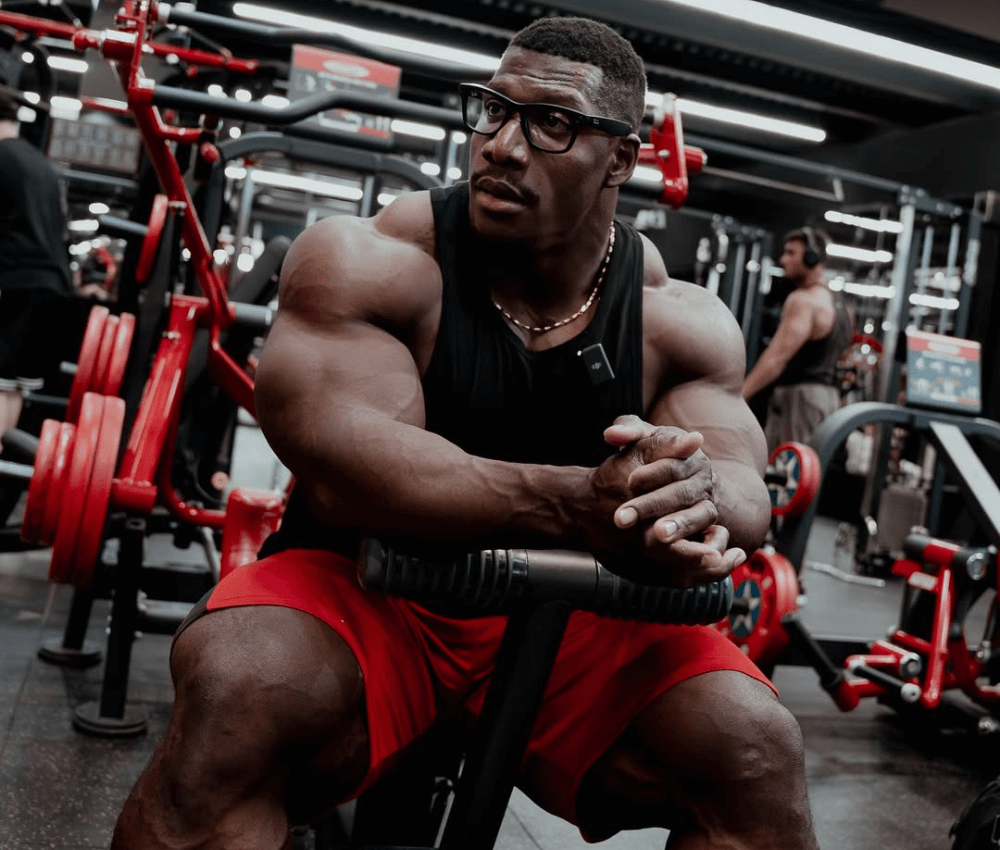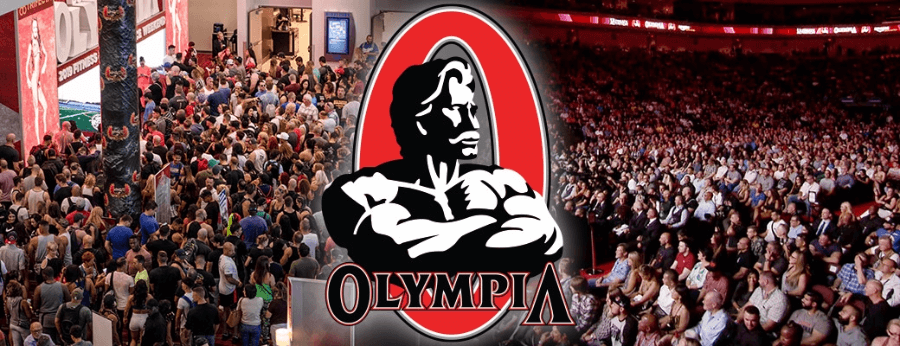Table of Contents
- Chris Bumstead: The King of Classic Physique
- Rule #1: Build Muscle by Lifting Heavy
- Rule #2: Burn Fat by Adjusting Portions, Not Diets
- Why These Two Rules Work
- Common Mistakes People Make
- Benefits of Combining Muscle Building and Fat Loss
- Chris Bumstead’s Training Philosophy
- Sample Training Split
- Nutrition Insights From Bumstead
- Tips for Beginners
- Bottom Line
If your goal is to burn fat and build muscle faster, the formula is simpler than most people think. According to Chris Bumstead—arguably the biggest name in bodybuilding since Arnold Schwarzenegger—the two golden rules are heavy lifting and plenty of protein. Follow them consistently, and results will come.
Chris Bumstead: The King of Classic Physique
Chris Bumstead, often called “CBum” by his millions of fans, has been the undisputed champion of the Classic Physique division at Mr. Olympia. From 2019 until his retirement in 2024, he dominated the stage, winning five straight titles—making history as the most successful athlete in the category.
Classic Physique is different from other bodybuilding divisions. Instead of sheer mass and freakish size, it celebrates symmetry, balance, and proportion. It’s about looking athletic, powerful, and aesthetic—not just massive. Bumstead became the perfect embodiment of that standard.
But what makes his approach valuable for everyday lifters is his emphasis on longevity and functionality. He’s not just about building muscle for the stage—he trains to stay strong, mobile, and healthy for life.
“Building and maintaining muscle isn’t just about aesthetics. It plays a huge role in longevity, overall health, and keeping your metabolism strong,” Bumstead told Business Insider while discussing his supplement line, Raw Nutrition.
Whether you dream of competing or simply want a better body and healthier future, the strategy is the same. And it all comes down to two simple rules.
Rule #1: Build Muscle by Lifting Heavy
Strength training is the foundation of any successful transformation. The key is not just lifting weights, but lifting them with purpose.
Bumstead uses training phases throughout the year. In one phase, he focuses on heavy, low-rep lifting to build raw strength. In the next, he shifts to lighter weights with higher reps to maximize muscle tension and growth. This back-and-forth approach allows him to lift heavier weights during high-volume training, which accelerates progress.
Training cycles usually last 4–12 weeks, but no matter the phase, one principle never changes: progressive overload. To grow muscle, you must gradually increase the weight, reps, or sets over time. This continuous challenge forces your muscles to adapt and grow stronger.
Compound lifts—like squats, deadlifts, presses, and rows—remain his go-to exercises. They recruit multiple muscle groups, build strength faster, and create the dense, athletic look Classic Physique is known for.
As Bumstead explains:
“There are so many training styles and flashy techniques that people end up overthinking it. But in reality, you can make great progress by sticking to the basics.”
The takeaway? Don’t chase complicated routines. Focus on getting stronger with the fundamentals, and your body will change.
Rule #2: Burn Fat by Adjusting Portions, Not Diets
The second rule is nutrition—and this is where many people struggle. Bumstead keeps his approach simple and sustainable. Instead of hopping from one trendy diet to another, he sticks to whole, nutrient-dense foods and only adjusts portion sizes depending on his goal.
A typical day for him includes:
- Breakfast: Eggs and a smoothie
- Lunch: Rice with lean protein like ground turkey
- Dinner(s): Fish, potatoes, and vegetables
When he’s bulking, he eats up to 6,000 calories per day to gain size. When cutting for competition, he drops as low as 1,300 calories to strip fat. The foods stay the same—only the amounts change.
He also relies on protein shakes to hit his protein needs, which support muscle growth and recovery. But his biggest piece of advice? Track what you eat.
Many people assume they’re eating “healthy” but fail to see results because they’re unaware of how much they’re truly consuming. By logging meals and counting macros, you gain control over whether you’re in a calorie surplus (for muscle gain) or deficit (for fat loss).
As Bumstead puts it:
“That mindset of being intentional with what you put into your body can benefit anyone, not just competitors.”
Why These Two Rules Work
The two rules are simple but effective. They rely on proven principles of strength training and calorie control. Heavy lifting builds muscle by stimulating growth through progressive overload. Adjusting portion sizes helps maintain a calorie deficit for fat loss. Simplicity beats complicated diets because they are easier to stick with. These rules focus on consistency rather than quick fixes.
Muscle growth occurs when the body is challenged and then recovers. Heavy lifting forces muscles to adapt and grow stronger. Pairing this with portion control prevents fat gain without losing muscle. Complex diets often fail because they are too restrictive. This method works because it fits into any lifestyle. Long-term success comes from habits, not short-term extremes.
Common Mistakes People Make
Many people overdo cardio when trying to lose fat. Too much cardio can lead to muscle loss. Muscle burns calories even at rest, so losing it slows progress. Others make the mistake of drastically cutting calories. This leads to fatigue and a slowed metabolism over time. Extreme diets often cause rebound weight gain later.
Another common error is ignoring strength training. People think cardio is the only way to burn fat fast. Lifting weights is essential for keeping lean muscle during fat loss. Skipping meals or eating too little protein is another issue. This slows recovery and affects strength gains. The goal should be balance, not extremes.
Benefits of Combining Muscle Building and Fat Loss
Building muscle while losing fat creates a stronger, leaner body. More muscle increases metabolism and helps maintain fat loss. This approach avoids the cycle of gaining and losing weight repeatedly. The benefits are both physical and mental for most people. It improves confidence and makes fitness sustainable.
Combining both goals saves time compared to separate bulking and cutting phases. You stay lean year-round without extreme diets. Your energy levels remain stable because you eat balanced meals. You also avoid the stress of rapid weight changes. This makes the process more enjoyable and easier to maintain long-term.
Chris Bumstead’s Training Philosophy
Chris Bumstead focuses on progressive overload in his training. He increases weights or reps over time to ensure growth. Proper form is always his priority to avoid injury. He believes lifting heavy with control is the key to success. Compound lifts form the base of his workout routine. These exercises hit multiple muscle groups and build strength.
His diet approach is simple and consistent. He avoids drastic changes and focuses on portion control. This keeps his energy steady while staying lean. Bumstead believes balance is better than strict restriction. He allows flexibility without compromising his goals. His philosophy proves that discipline and simplicity win over extremes.
Sample Training Split
Bumstead’s weekly split targets each muscle group effectively. He usually trains five to six days a week. Each day focuses on specific areas like chest, back, or legs. Heavy compound lifts start the session, followed by isolation work. He includes exercises like squats, deadlifts, and bench presses. These lifts build strength and muscle quickly.
Progressive overload is key in every workout. He increases weights or reps regularly to challenge his body. Bumstead also emphasizes recovery between sessions. Adequate rest helps prevent injuries and promotes growth. This balanced approach ensures steady progress without burnout. His split works for both beginners and advanced lifters.
Nutrition Insights From Bumstead
Bumstead balances his macros carefully for muscle growth and fat control. He eats enough protein to support recovery and repair. Carbs are included to fuel intense workouts and maintain energy. Fats are kept moderate for hormone balance and overall health. This approach helps him perform at his best daily.
His meals are simple but nutrient-dense. He often includes lean meats, rice, and vegetables in his diet. Snacks like protein shakes help him hit his protein targets. He focuses on portion sizes instead of strict food rules. This gives him flexibility while staying on track. His nutrition strategy is sustainable and effective long-term.
Tips for Beginners
Start slow if you are new to lifting and dieting. Focus on learning proper form before adding heavy weights. Build a solid foundation with compound exercises first. Do not rush into advanced programs without experience. Consistency is more important than intensity in the beginning.
Avoid extreme dieting or overtraining early on. Both can lead to burnout and injuries. Instead, make small, manageable changes to your routine. Track your progress and adjust gradually. Stay patient because results take time and effort. A balanced approach will help you stick with your goals long-term.
Bottom Line
At the end of the day, the formula for building a lean, muscular, and healthy body doesn’t require endless supplements, fad diets, or complicated training hacks. Chris Bumstead—one of the most successful bodybuilders in history—boils it down to two rules:
- Lift weights consistently and progressively.
- Eat enough protein and adjust your portions based on your goals.
Stick to these basics, and you’ll not only transform your physique but also improve your health, energy, and longevity.







